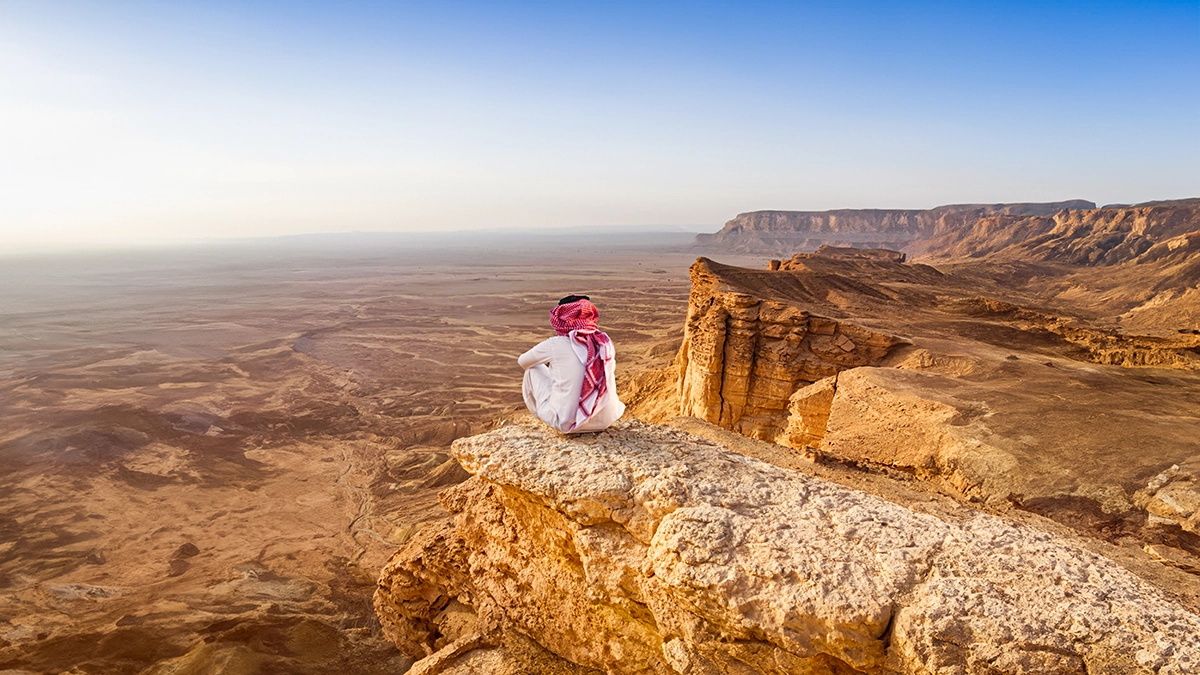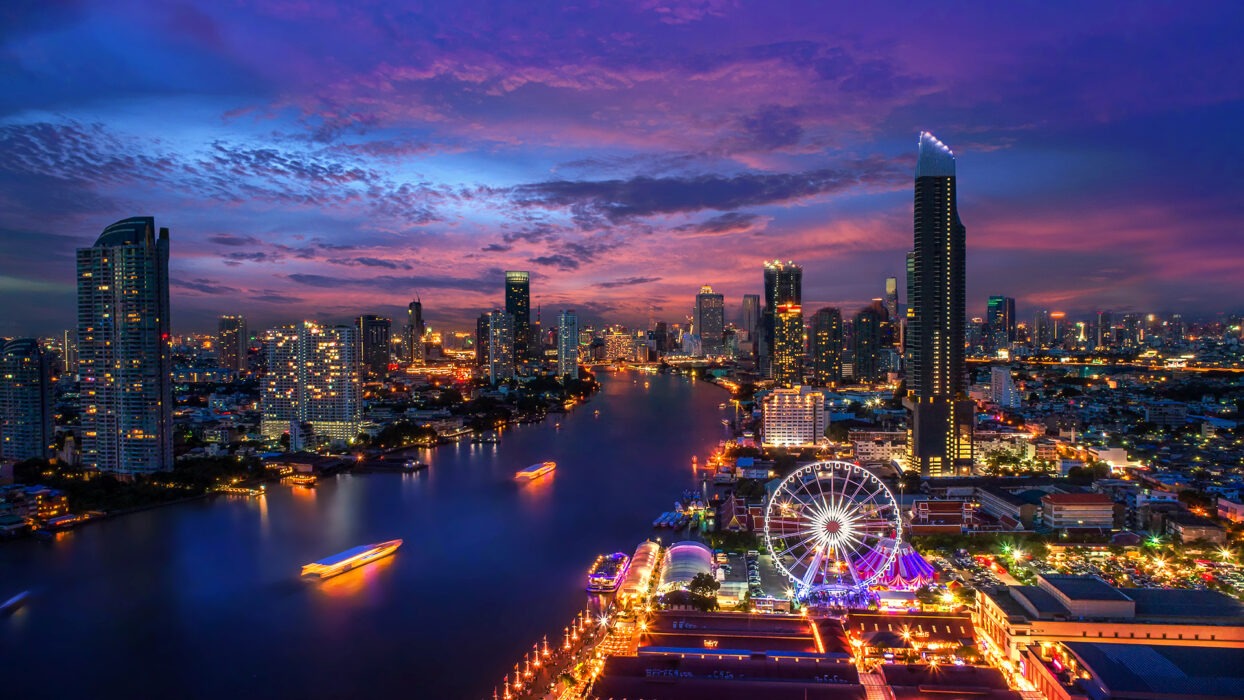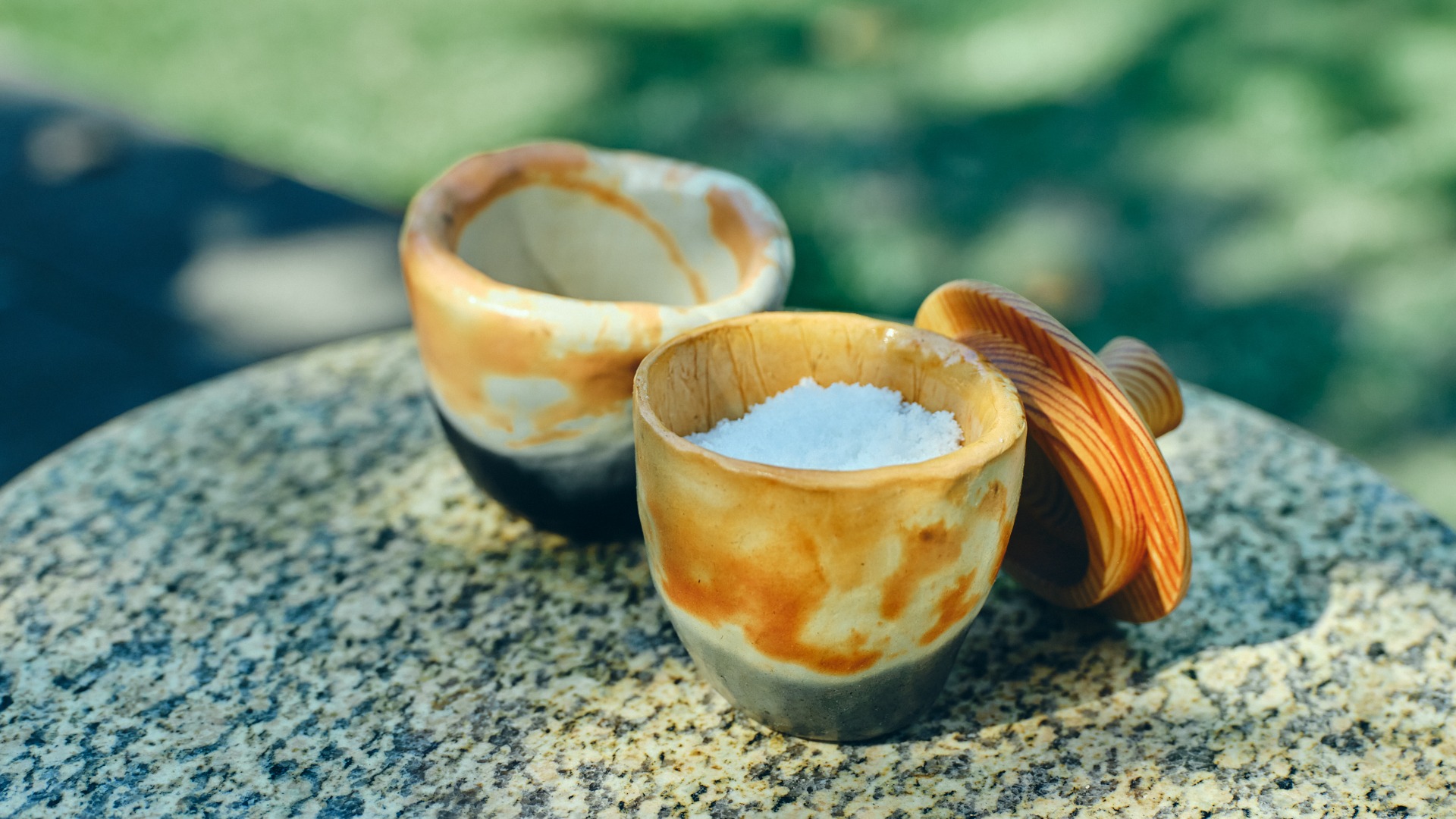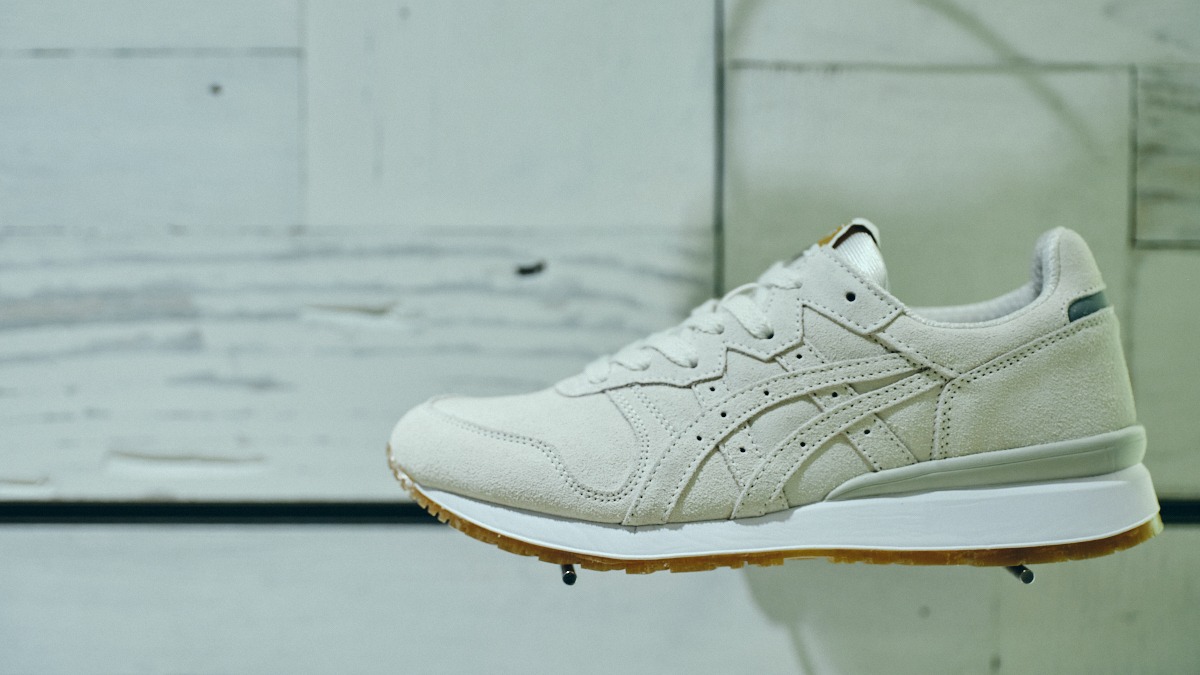Welcome to Koh Samui: A Cultural Wonderland
Welcome to the stunning island of Koh Samui, a tropical paradise that offers more than just sun-soaked beaches and crystal-clear waters. Among its many treasures lies a unique cultural heritage, highlighted by intriguing attractions that tell the story of its rich history and traditions. One of the most fascinating sites is the mummified monk, a revered figure that draws visitors from all walks of life. This captivating attraction is housed within Wat Khunaram, a temple that offers a glimpse into the spiritual practices and beliefs that shape the local culture.
As you explore Koh Samui, you’ll find that it’s not just a destination but an experience that connects you to the heart of Thailand’s rich traditions. From the serene beauty of its temples to the vibrant local customs, Koh Samui invites you to immerse yourself in a world where spirituality and culture intertwine. In this travel guide, we’ll take you on a journey to discover the mummified monk and the significance of Wat Khunaram, ensuring your visit is both enlightening and unforgettable.
Discovering the Mummified Monk: A Cultural Icon
At the center of this remarkable story is Luang Pho Daeng, the mummified monk whose well-preserved body has become a symbol of devotion and reverence. Luang Pho Daeng was a highly respected monk who dedicated his life to spiritual practice and meditation. Upon his death in 1973, his body was preserved in a seated position, allowing visitors to pay their respects and reflect on the teachings of Buddhism. This practice aligns with Thai beliefs regarding death and the afterlife, where the physical form is honored as a vessel for spiritual growth.
The preservation of Luang Pho Daeng is not merely a curiosity; it serves as a poignant reminder of the transience of life and the importance of living with mindfulness and purpose. Visitors often find themselves pondering the deeper meanings of existence as they stand before this cultural icon. The mummified monk is a testament to the enduring spirit of Thai monk traditions, inviting travelers to engage with the local culture in a profound way.
For those intrigued by the cultural heritage of Koh Samui, Explore Koh Samui’s Cultural Heritage and learn more about the traditions that shape this enchanting island.
Wat Khunaram: The Temple of the Mummified Monk
Located in the heart of Koh Samui, Wat Khunaram is more than just a temple; it’s a sanctuary where spirituality thrives. The temple’s architecture is a blend of traditional Thai design and serene beauty, featuring intricate carvings and vibrant murals that depict Buddhist teachings. As you walk through the temple grounds, you’ll encounter the tranquil atmosphere that invites reflection and peace.
Wat Khunaram is not only significant for housing the mummified monk but also serves as an important site for the local community. It is a place where spiritual practices are performed, and ceremonies are held, connecting the past with the present. The temple plays a vital role in the lives of the locals, providing a space for meditation and worship that is deeply intertwined with their cultural identity.
Visiting Wat Khunaram is an essential part of experiencing cultural tourism in Koh Samui. The temple offers a unique insight into the spiritual practices of the Thai people, making it a must-see for anyone looking to explore the island’s rich heritage. For those planning to stay nearby, check out Hotels near Wat Khunaram (Mummified Monk) for convenient accommodations.
Visiting the Mummified Monk: Tips for Travelers
Planning a visit to see the mummified monk? Here are some essential tips to ensure a respectful and enjoyable experience:
- Dress Code: As a sign of respect, visitors are required to dress modestly. This means covering your shoulders and knees. Light, breathable fabrics are perfect for the tropical climate.
- Behavioral Etiquette: Maintain a quiet demeanor while in the temple. It’s a sacred space, and loud conversations or disruptive behavior can detract from the solemn atmosphere.
- Visiting Hours: Wat Khunaram is typically open to visitors from early morning until late afternoon. Check for specific hours to plan your visit accordingly.
If you’re looking to enrich your experience, consider joining a guided tour led by local experts. They can provide valuable insights into the history and significance of the mummified monk and the temple. These tours often include other cultural highlights around Koh Samui, making it a great way to maximize your sightseeing.
Ready for a unique experience? Don’t miss out on the chance to visit the mummified monk during your stay in Koh Samui. For a comfortable retreat after your cultural explorations, check out Heaven Beach Resort Koh Samui, where relaxation meets adventure.
Cultural Practices and Rituals at Wat Khunaram
Visiting Wat Khunaram isn’t just about witnessing the mummified monk; it’s about stepping into a living tapestry of Buddhist traditions. This temple is a hub of activity, where monks and visitors engage in various rituals that reflect the deep spirituality of Thai culture. You might witness morning alms rounds, where locals offer food to the monks, a practice that symbolizes gratitude and respect.
Another fascinating aspect is the meditation sessions that take place within the temple grounds. These sessions are open to the public and are often led by experienced monks. Participating in meditation can be a transformative experience, allowing you to connect with your inner self amidst the serene surroundings of the temple. Whether you’re a seasoned practitioner or a curious beginner, these sessions offer a unique glimpse into the spiritual practices that are central to Thai culture.
Moreover, special ceremonies are held throughout the year, celebrating significant Buddhist holidays. These events often include chanting, offerings, and sometimes even traditional music and dance. If your visit coincides with one of these celebrations, you’ll have the chance to experience the vibrant community spirit that defines Koh Samui. It’s an opportunity to witness how the local culture intertwines with spiritual practices, making your trip even more enriching.
A Day in Koh Samui: Itinerary to Experience Culture and Adventure
Ready to pack your day with culture and adventure? Here’s a suggested itinerary that combines visits to the mummified monk, local temples, and a splash of excitement:
Morning: Spiritual Awakening at Wat Khunaram
Start your day with a visit to Wat Khunaram. Arrive early to witness the morning rituals and participate in a meditation session. The peaceful atmosphere will set a positive tone for your day.
Late Morning: Explore Nearby Temples
After soaking in the tranquility of the temple, head to Wat Plai Laem, another stunning temple nearby. This colorful site features a massive 18-arm statue of Guanyin, the Goddess of Mercy. The intricate designs and lakeside setting make for fantastic photo opportunities!
Lunch: Local Flavors
For lunch, seek out a local eatery and savor some traditional Thai dishes. Don’t miss trying Pad Thai or Green Curry—the flavors will transport you straight to culinary heaven!
Afternoon: Adventure at Na Muang Waterfalls
After lunch, it’s time for some adventure! Head over to Na Muang Waterfalls, where you can hike, swim, or simply relax in the natural beauty. The lush surroundings are perfect for unwinding and enjoying the island’s natural splendor.
Evening: Sunset at Big Buddha
Wrap up your day with a visit to the Big Buddha statue. Watching the sunset here is a magical experience as the golden rays illuminate the statue, creating a serene backdrop for reflection.
With this itinerary, you’ll get a taste of both the cultural and adventurous sides of Koh Samui, ensuring a well-rounded experience that you’ll cherish forever!
Culinary Delights: Food and Drinks in Koh Samui
Ah, the food! Koh Samui is a haven for food lovers, and no visit would be complete without indulging in the local cuisine. While exploring the island and the mummified monk, be sure to try these culinary delights:
- Tom Yum Goong: This spicy shrimp soup is a Thai classic. The bold flavors of lemongrass, kaffir lime leaves, and chili will tickle your taste buds!
- Som Tum: A refreshing green papaya salad that’s both spicy and tangy. It’s the perfect dish to cool down after a day of exploring.
- Massaman Curry: A rich and fragrant curry that blends Thai and Indian influences, typically made with beef or chicken. It’s comfort food at its finest!
For an authentic experience, check out the local night markets. Vendors whip up delicious street food that’s both affordable and bursting with flavor. You’ll find everything from grilled skewers to sweet desserts, so come hungry!
Some popular spots to satisfy your cravings include Fisherman’s Village in Bophut, where you can enjoy a meal with a view of the ocean, and Chaweng Beach, which offers a vibrant dining scene.
Festivals and Events Celebrating Koh Samui’s Culture
If you’re looking to immerse yourself in the local culture, timing your visit with one of Koh Samui’s festivals can be a fantastic idea. These events showcase the rich traditions of Thailand and often include colorful parades, traditional music, and dance performances.
One of the most notable events is the Samui Festival, held annually in September. It features cultural performances, food stalls, and various activities that highlight the island’s heritage. This festival is a wonderful opportunity to meet locals and learn more about their customs.
Another significant celebration is Loy Krathong, the festival of lights, usually celebrated in November. During this time, locals release beautifully decorated floating baskets into the water as a way to pay respect to the water spirits. The sight of thousands of glowing krathongs on the water is simply breathtaking!
Participating in these festivals not only enriches your travel experience but also allows you to connect with the local community in a meaningful way.
Practical Information for Travelers: What You Need to Know
Planning your trip to Koh Samui? Here’s some practical information to help you navigate your adventure:
- Transportation: Getting around Koh Samui is relatively easy. You can rent a scooter for a fun way to explore the island or use local taxis and songthaews (shared taxis) for convenient transport.
- Entry Requirements: Make sure to check visa requirements before your trip. Most visitors can obtain a visa on arrival, but it’s good to verify based on your nationality.
- Currency: The local currency is the Thai Baht (THB). Credit cards are widely accepted, but it’s always handy to have some cash for street food and small shops.
With these tips in mind, you’re all set to enjoy the best that Koh Samui has to offer, from the mummified monk to the breathtaking beaches!
Outdoor Sports and Activities in Koh Samui
If you’re an adventure enthusiast, Koh Samui has plenty to offer beyond its cultural attractions. The island is a playground for outdoor sports and activities that cater to all levels of thrill-seekers.
Consider trying your hand at snorkeling or diving in the crystal-clear waters around Koh Tao and Koh Nang Yuan. The vibrant marine life and stunning coral reefs will leave you in awe. Alternatively, if you prefer to stay on land, head to the lush hills for some exhilarating hiking. Trails like the one to Na Muang Waterfalls provide breathtaking views and a refreshing dip at the end!
For those who enjoy a bit of adrenaline, zip-lining through the treetops or taking an off-road tour can be an unforgettable experience. Combine your cultural visits with these outdoor adventures for a well-rounded trip that keeps your spirit high!
Shopping in Koh Samui: Local Markets and Unique Souvenirs
No trip to Koh Samui is complete without a little shopping! The island boasts a variety of markets where you can find unique souvenirs and local handicrafts. Visit the Fisherman’s Village Walking Street on Fridays for a lively market experience filled with food stalls, clothing, and handmade crafts.
If you’re looking for something special, consider picking up a Thai silk scarf or a piece of handmade jewelry. These items not only make for great gifts but also serve as beautiful reminders of your time in Koh Samui.
Don’t forget to explore the local food markets as well! Sampling street food while shopping is a delightful way to experience the island’s culinary culture.
Transportation in Koh Samui: Getting Around the Island
Getting around Koh Samui is a breeze! The island offers various transportation options to suit your travel style:
- Scooter Rentals: A popular choice among travelers, renting a scooter gives you the freedom to explore at your own pace. Just remember to wear a helmet and drive safely!
- Taxis and Songthaews: These shared taxis are an affordable way to get around. Just wave one down or find a designated stop to hop on.
- Car Rentals: If you prefer more comfort, renting a car is a great option, especially for families or groups.
Whichever mode of transport you choose, you’ll find that getting to Wat Khunaram and other attractions is easy, allowing you to maximize your time exploring this beautiful island.
Seasonal Insights: Best Times to Visit Koh Samui
Wondering when to visit Koh Samui? The island enjoys a tropical climate, making it a year-round destination. However, the best time to visit is typically between December and February, when the weather is cooler and drier, perfect for beach activities and sightseeing.
March to August can be quite hot, but it’s also when you’ll find fewer crowds. If you’re looking for a more tranquil experience, consider visiting during this time. Just be prepared for the occasional rain shower!
Regardless of when you choose to visit, Koh Samui has something to offer every traveler, from cultural experiences to outdoor adventures.
Safety and Health Guidelines for Travelers
Your safety is paramount while exploring Koh Samui. Here are some handy tips to keep in mind:
- Stay Hydrated: The tropical climate can be quite warm, so drink plenty of water, especially if you’re out and about.
- Sun Protection: Don’t forget sunscreen! Protect your skin from the sun while you explore the beaches and cultural sites.
- Respect Local Customs: When visiting temples like Wat Khunaram, be mindful of dress codes and behavior. It’s all about showing respect for the local culture.
By following these guidelines, you’ll ensure a safe and enjoyable experience while soaking in all that Koh Samui has to offer.
Commonly Asked Questions (FAQs) about the Mummified Monk and Koh Samui
Curious about visiting the mummified monk? Here are some frequently asked questions to help you plan your trip:
What is the story behind the mummified monk?
The mummified monk, Luang Pho Daeng, was a revered figure who dedicated his life to meditation and spiritual practice. His body was preserved after his passing in 1973, serving as a symbol of devotion.
Is there an entrance fee for Wat Khunaram?
No, visiting Wat Khunaram is free of charge. However, donations are appreciated to help maintain the temple.
Can I take photos inside the temple?
Yes, photography is allowed, but be respectful and avoid using flash. It’s important to maintain the peaceful atmosphere of the temple.
What should I wear when visiting the mummified monk?
Dress modestly, covering your shoulders and knees, as a sign of respect for the sacred space.
Fun Facts about Koh Samui’s Mummified Monk
Before you go, here are some fun facts about the mummified monk and Wat Khunaram:
- Longevity: Luang Pho Daeng’s body has been preserved for over four decades, showcasing the unique practices of Thai Buddhism regarding death.
- Spiritual Significance: Many locals believe that visiting the mummified monk can bring good luck and blessings.
- Cultural Icon: The mummified monk has become a symbol of Koh Samui, drawing visitors from around the globe to learn about Thai culture and spirituality.
With these insights, you’re more than ready to explore Koh Samui and experience the mummified monk’s rich cultural legacy. From the spiritual atmosphere of Wat Khunaram to the vibrant local traditions, this island is a treasure trove of experiences waiting to be discovered!





















